[/caption]
NASA’s new Robotic Refueling Experiment (RRM) is a revolutionary technology demonstration device – brought aloft by the final shuttle mission – that will test out and prove whether existing Earth orbiting spacecraft that were never intended to be serviced can be successfully refueled and repaired robotically.
The RRM payload is a state of the art path finding experiment that promises to open exciting new avenues of station science research that potentially could save and extend the lifetime of orbiting commercial, government and military satellites valued at billions of dollars.
RRM was delivered to the International Space Station (ISS) by the four person crew of STS-135, the shuttles grand finale. The project is a joint effort between NASA and the Canadian Space Agency (CSA).
During the very final spacewalk of the Space Shuttle Era, RRM was temporarily installed by US astronauts Mike Fossum and Ron Garan onto a platform on the Dextre robot – the Special Purpose Dexterous Manipulator – which functions as a “handyman” in space.
Dextre is a two armed robot provided by CSA which is also a key component of the experiment because it enables the performance of repair and maintenance tasks at the heart of the RRM experiment.
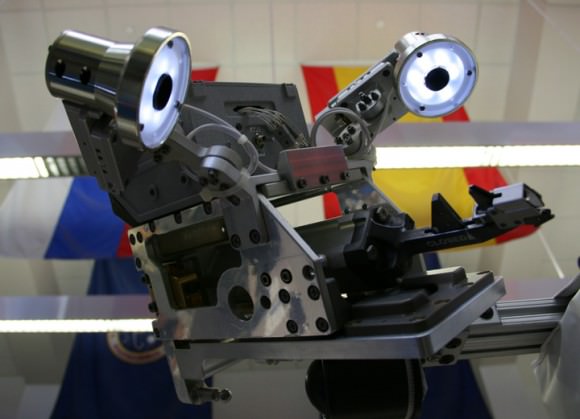
The washing machine sized unit weighs 500 pounds and was tucked inside the payload bay of Space Shuttle Atlantis and attached to the Lightweight Multipurpose Carrier (LMC) for the one way trip to space.
After Atlantis departs, RRM will be transferred to a permanent attach point on the stations truss and mounted on the Exterior Logistics Carrier 4 (ELC-4) of the million pound orbiting outpost.
RRM is NASA’s first ever such technology demonstration intended to test the feasibility of on orbit servicing operations on satellites that were not built to ever be worked upon and maintained after blasting off to space, according to Justin Cassidy, RRM Hardware Manager at the NASA Goddard Spaceflight Center in Greenbelt, Maryland.
The RRM box will simulate both the satellite to be serviced and the maintenance techniques required to perform both robotic refueling and repair work.
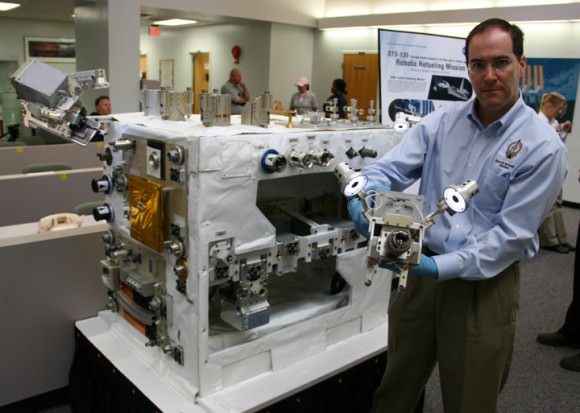
Equipment Tool movements and manipulations by Dextre robot are simulated by NASA Goddard RRM manager Justin Cassidy. Credit: Ken Kremer
“The Dextre robot will manipulate four specially designed ‘Tools’ stored in bays inside the RRM,” said Cassidy in an interview at the Kennedy Space Center.
Using a high fidelity RRM mockup – nicknamed ‘Rosie’ – on display at the Kennedy Space Center Press Site, Cassidy spoke to me in detail about the RRM mission and objectives.
The four unique RRM tools have heritage in the Hubble Servicing Missions and were developed at NASA Goddard; The Wire Cutter and Blanket Manipulation Tool, The Multifunction Tool, the Safety Cap Removal Tool, and the Nozzle Tool.
“Dextre will grapple the tools and move them around with its ‘hands’ to perform refueling and maintenance tasks on activity boards and simulated satellite components mounted on the exterior walls of the RRM,” Cassidy told me. “The activity boards can be swapped in the future to carry out new experiments.”
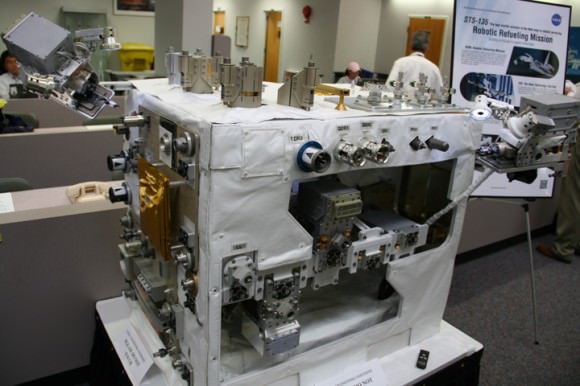
The RRM assignment marks the first use of Dextre beyond routine maintenance chores aboard the ISS. Indeed, the research project working with RRM is actually a new R & D function beyond what was originally planned and envisioned for Dextre, said Mathieu Caron, CSA Mission Operations manager.
Tasks planned for RRM include working on and manipulating caps, valves and screws of assorted shapes and sizes, cutting wires, adjusting thermal blankets and transferring fluids around fuel reservoirs. Ethanol will be used to simulate the flow of hydrazine fuel, said Cassidy.
“RRM will be operated by controllers on the ground at NASA Goddard, the Marshall Space Flight Center in Huntsville, Ala., and also in Canada by the Canadian Space Agency,” explained Cassidy.
Each RRM tool is equipped with integral cameras housing six built in LED’s to aid ground controllers precisely guide the tools.
“The RRM experiment phase to demonstrate robotic refueling and maintenance operations at the ISS is set to last two years and could continue for perhaps ten or more years,” said Cassidy.
President Obama asked the STS-135 crew about the RRM experiment during an Oval Office phone call from the White House to the ISS. Watch Obama’s phone call on YouTube
NASA hopes that the small investment in RRM technology demonstration will pave the way for advanced follow missions and private development of commercial robotic refueling and maintenance vehicles – in the not too distant future – that will reap billions of dollars in cost savings and dividends.
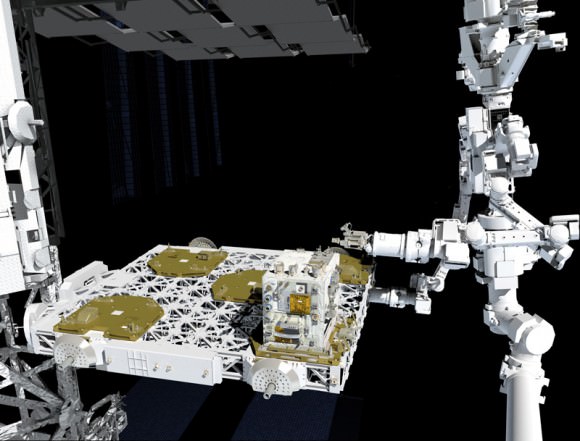
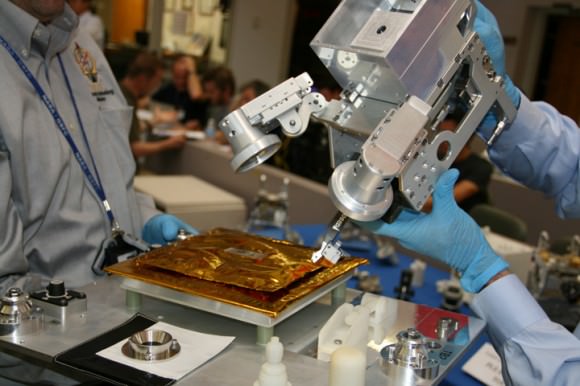
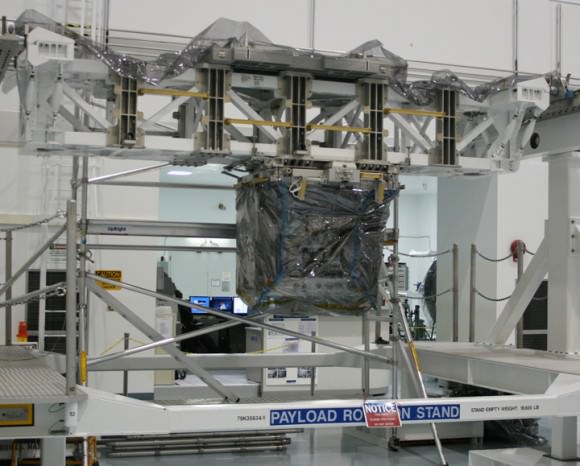
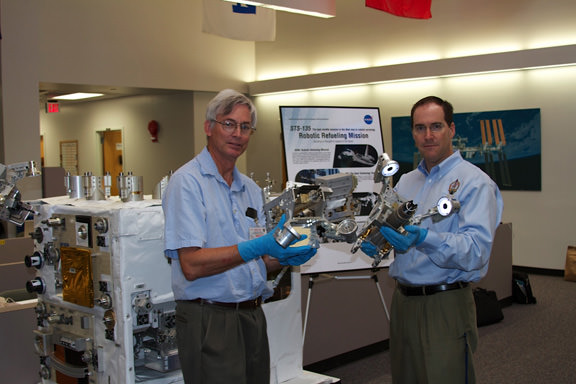
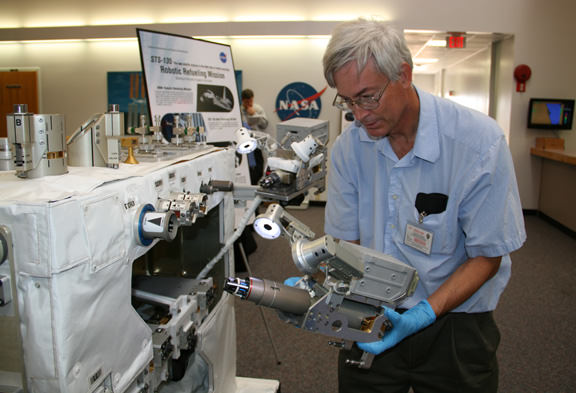
Read my features about the Final Shuttle mission, STS-135:
Water Cannon Salute trumpets recovery of Last Shuttle Solid Rocket Boosters – Photo Album
Shuttle Atlantis Soars to Space One Last time: Photo Album
Atlantis Unveiled for Historic Final Flight amidst Stormy Weather
Counting down to the Last Shuttle; Stormy weather projected
Atlantis Crew Jets to Florida on Independence Day for Final Shuttle Blastoff
NASA Sets July 8 for Mandatory Space Shuttle Grand Finale
Final Shuttle Voyagers Conduct Countdown Practice at Florida Launch Pad
Final Payload for Final Shuttle Flight Delivered to the Launch Pad
Last Ever Shuttle Journeys out to the Launch Pad; Photo Gallery
Atlantis Goes Vertical for the Last Time
Atlantis Rolls to Vehicle Assembly Building with Final Space Shuttle Crew for July 8 Blastoff

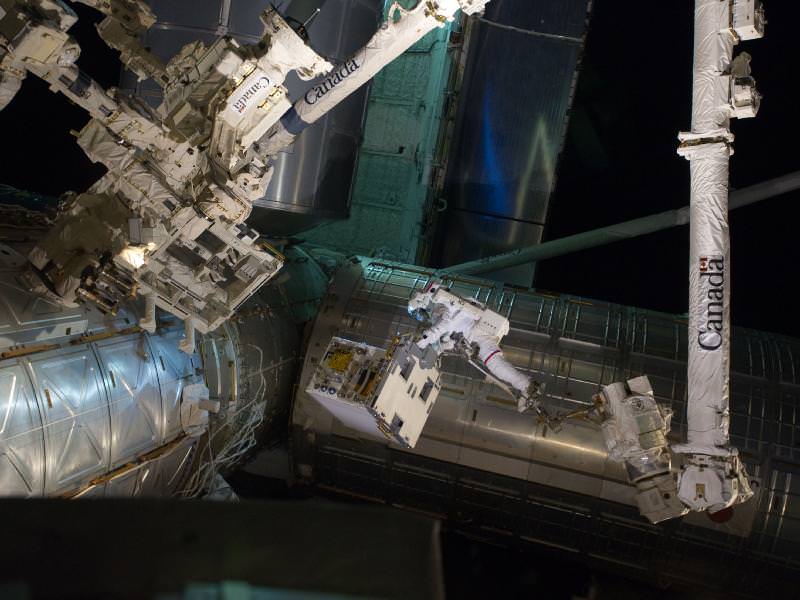
Wow. It will be good, when probes are refueled and upgraded, any money saved, is money that can be spent on something else.
“What happens in space, stays in space.™”
Soon we have to figure out how to produce fuel in space. Moon and NEA water mining?